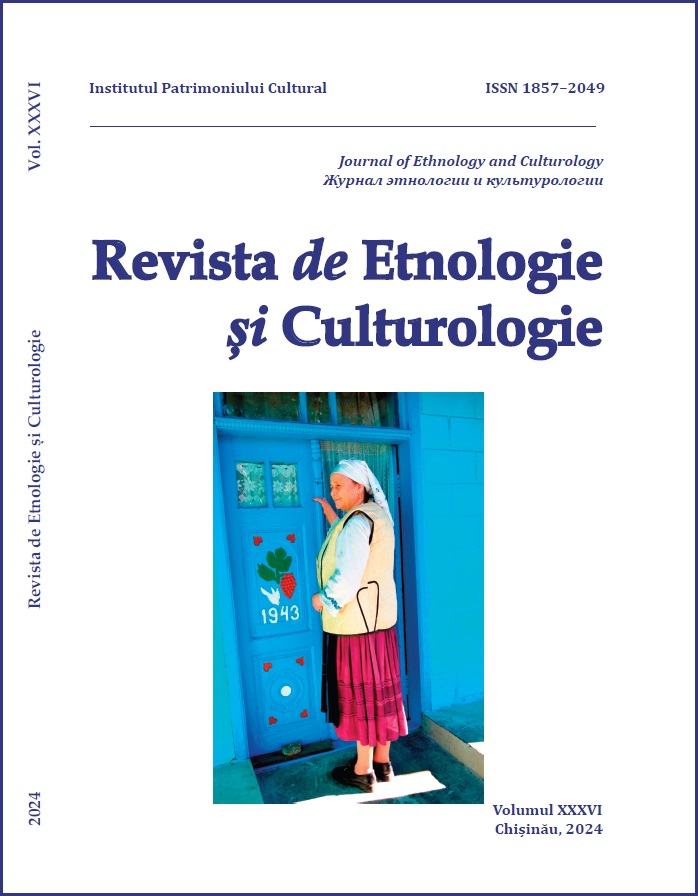Grădini de copii în Chişinăul interbelic
Kindergartens in interwar Chisinau
Author(s): Ion Valer XenofontovSubject(s): Local History / Microhistory, Social history, Preschool education, History of Education, Interwar Period (1920 - 1939)
Published by: Institutul Patrimoniului Cultural al Academiei de Științe a Moldovei
Keywords: schools for young children, kindergartens; the interwar period; Chisinau; Bessarabia; Romania as a whole.
Summary/Abstract: Based on unpublished historical sources, statistical data of the period, specialized literature, etc., the first stage of primary education in interwar Chisinau was researched and analyzed, namely schools for young children (kindergartens), provided for children aged 4-7, being optional for children aged 4-5 and mandatory for those aged 5-7 in the localities where such institutions operated. After the Union in 1918, state kindergartens operated in Chisinau next to primary schools or in separate spaces. Towards the end of the interwar period, the number of kindergartens was 23. Specialized staff (teachers) for kindergartens were trained at the Girls’ Normal School forKindergartens „Florica Niţa”. For a short time, the Normal School for Kindergarten Leaders operated in the capital of Bessarabia. In order to obtain the teaching qualification of a second-degree teacher, kindergarten monographs were developed. The article presents several case studies of kindergartens in Chisinau in the period between the two world wars. There were certain „specializations” of kindergartens. Some were specialized in interactive games, others - orchestra, physical activities, etc. Some kindergartens were equipped with specialized libraries for children and parents. Local authorities and School Committees provided material resources for maintenance, logistics.
Journal: Revista de Etnologie şi Culturologie
- Issue Year: XXXVI/2024
- Issue No: 2
- Page Range: 112-119
- Page Count: 8
- Language: Romanian

